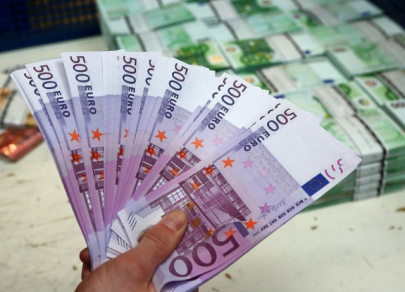FX.co ★ Euro celebrates its 20th anniversary
Euro celebrates its 20th anniversary
The European currency has existed in a non-cash form for the first three years since its introduction. The new means of payment was put into circulation at the rate of $1,1747. At first, experts recorded a slight weakening of the euro, but in October 2000, major central banks made joint investments in the currency. However, mostly the euro is trading higher than the US dollar.
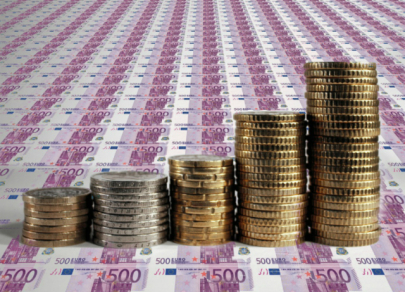
The history of the euro currency dates back to 1969 when France, Germany, Italy, Belgium, the Netherlands, and Luxembourg agreed to establish an economic and monetary union. In 1979, the currency exchange rate mechanism was launched. The exchange rates of the currencies of the members of the European Economic Community, the predecessor of the European Union, were tied to each other.
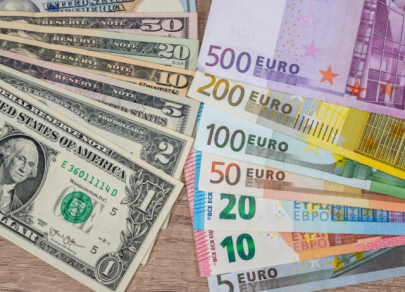
In the beginning, only 11 EU countries (out of 15) were the members of the union. Later others joined. In 1998, a clock was installed in Brussels which counted down the time before the introduction of the single European currency.

In January 1999, 11 EU countries agreed to their exchange rates with the new currency. During this period, national regulators transferred their monetary policy functions to the European Central Bank (ECB).
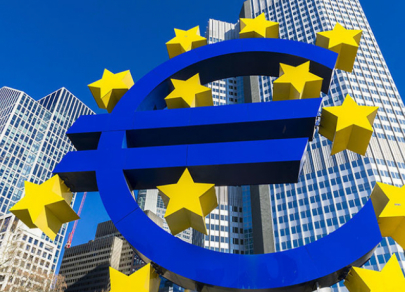
In January 2002, euro banknotes entered circulation across twelve European Union countries. Robert Kalina, an Austrian designer, created the final design for new banknotes. By this time, the number of Eurozone members had increased from 11 to 19 countries. In 2015, Lithuania was one of the last countries to adopt the euro.
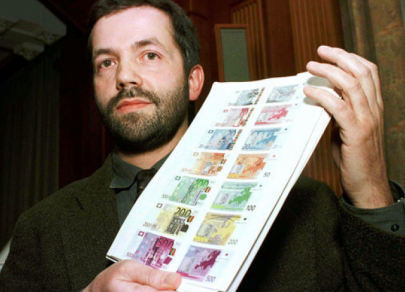
Presently, about 340 million people live in the eurozone. The euro takes the second place after the greenback in terms of trading volume on Forex. However, the euro is a leader in terms of the number of banknotes and coins in circulation. According to the ECB, the number of banknotes exceeds 1.2 trillion euros.
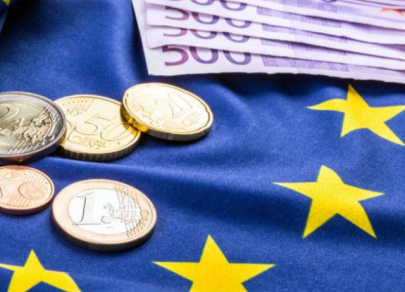
There have been many Presidents of ECB who dealt with the different issues related to the euro. Willem Duisenberg was the first chairman of the ECB and in 2003 he was succeeded by Jean-Claude Trichet. He held this position for eight years. In November 2011, Mario Draghi replaced Jean-Claude Trichet. His first steps as the President of the ECB were to tackle the debt crisis in Greece. However, the Mario Draghi era was not the happiest milestone in the history of the euro. He passed the baton to Christine Lagarde, the first woman who had been at the helm of the world's two most important institutions: the IMF and the ECB.
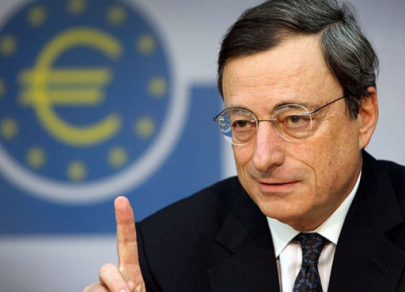
Nevertheless, Draghi did a lot for the euro area. When many feared the collapse of the eurozone, Mario Draghi said that he would do everything possible to save the euro. He launched a monetary stimulus program, purchasing European state and corporate bonds. As a result, the Bank's balance sheet rose to 4.7 trillion euros. However, the quantitative easing policy was put on hold this year.
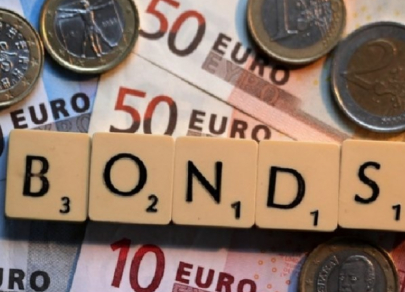
According to experts from ING Bank, the 20-year history of the European currency has changed the eurozone and made its own adjustments to the economy. Many analysts believed that Germany would suffer big losses if it introduced a new European currency.
The rate of the German mark against the euro was overvalued, and this could have had a negative impact on the German economy. However, it was quite the opposite. Germany became the most economically competitive country in the eurozone.
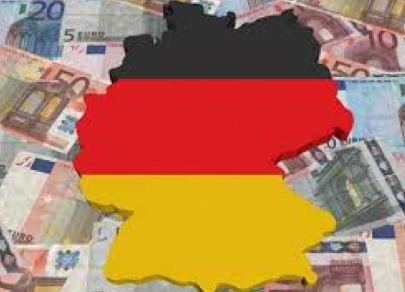
Despite all the problems, changes to the eurozone have done more good than harm so far. For example, in the European labor market, the share of the working-age population has been growing for 20 years, and now it is much higher than in the United States. Politicians often see the euro as the main source of economic problems whereas ordinary citizens believe that the euro is an essential part of European integration. According to analysts at Eurobarometer, the majority of respondents (74%) speaks in favor of the euro, and only 20% of the population opposes the single currency.
